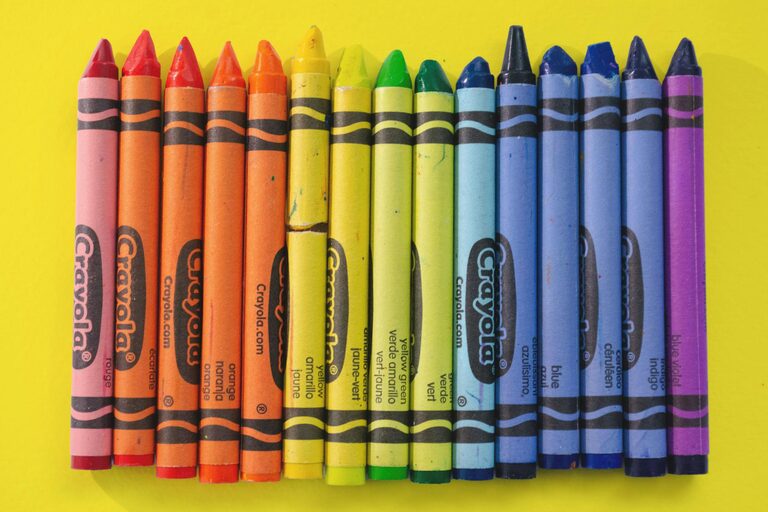Children’s artwork is a wonderful expression of their creativity and imagination. From colorful drawings to handmade crafts, these pieces often hold sentimental value for parents. However, as the artwork piles up over time, it can quickly become overwhelming and create clutter at home. Organizing your kids’ art not only helps keep your space tidy but also makes it easier to cherish and revisit these special memories.
In this post, we will explore practical tips and ideas for keeping your children’s art organized in ways that fit your lifestyle and celebrate their creativity.
Why Organize Kids’ Art?
Before diving into organization ideas, it’s helpful to understand the benefits of keeping your kids’ creations well-organized:
– Preservation: Proper storage prevents damage and fading, keeping artwork in good condition.
– Memories: Well-organized collections make it easy to look back and share your child’s creative journey.
– Clutter reduction: Controlling the buildup of paper and crafts helps maintain an orderly home.
– Encouragement: Showing appreciation for their art encourages your child’s confidence and creativity.
Tips for Organizing Kids’ Artwork
1. Set Up a Dedicated Art Storage Space
Designate a specific area in your home to store and display kids’ art. This could be a shelf, drawer, or a box kept in a closet or playroom. Having a spot just for artwork helps contain the mess and makes it easier to manage new pieces as they come in.
2. Use Portfolios and Binders
Portfolios and binders are fantastic for organizing flat artwork like drawings and paintings.
– Portfolios: Available in various sizes, these are great for storing large sheets. You can label each portfolio by year, child, or theme.
– Binders with plastic sleeves: Slide artwork into clear sleeves for protection and easy flipping through.
3. Create a Rotating Art Display
Showcasing your child’s artwork encourages pride and makes it easier to decide what to keep or discard.
– Use a corkboard, wire with clips, or magnetic board to display current favorites.
– Rotate the display regularly to keep it fresh and avoid clutter buildup.
– When swapping pieces out, decide which ones to store, photograph, or recycle.
4. Digitize Artwork for Long-Term Storage
If physical storage space is limited, digitizing artwork is an excellent option.
– Scan or photograph each piece in good lighting.
– Organize digital files by date, theme, or child on your computer or cloud storage.
– Use photo book services to create printed albums showcasing your child’s art over time.
5. Establish a Regular Sorting Routine
Make sorting your child’s artwork a regular habit.
– Set aside time every few weeks or months to review new art together.
– Decide which pieces to keep, store, digitize, or let go.
– This ongoing process prevents overwhelming piles and involves your child in decision-making.
6. Use Creative Storage Solutions
Think beyond traditional storage with creative methods that double as decor or gifts:
– Art folders and mailers: For organizing projects by theme or school year.
– Storage bins: Clear plastic bins labeled by age or type of art help with accessibility.
– Display books: Large scrapbook-style books can hold both art and notes about the piece.
– Gift the art: Turn some creations into cards or gifts for family and friends.
7. Incorporate Art into Everyday Items
Turn certain pieces into practical items — this keeps art visible and useful:
– Scan drawings to create custom calendars, mugs, or T-shirts.
– Laminate artwork for placemats.
– Frame selected pieces for wall art around the home.
Tips for Maintaining an Organized Art Collection
– Label everything: Include dates, child’s name, or descriptions. It helps later on!
– Keep supplies organized: Store art supplies nearby to encourage creativity without creating mess.
– Celebrate creativity: Praise your child’s work and involve them in organization to teach care and responsibility.
– Be selective: It’s okay to keep only the most meaningful or representative pieces.
Final Thoughts
With a bit of planning and routine, you can keep your kids’ art organized while honoring their creativity. Whether through dedicated storage, digitization, or creative displays, these strategies help you maintain a clutter-free space and preserve precious memories. Try a few tips that work best for your family and enjoy celebrating your little artist’s creations for years to come!

